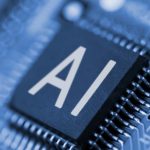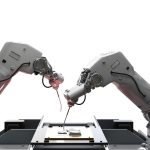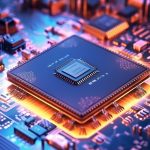Tesla continues to fine-tune its automated vehicle technology by rolling out Full Self-Driving (FSD) version 14.2 to Early Access Program participants, further cementing its focus on iterative enhancement. Drivers seeking a safer and more natural vehicle experience noticed key differences with the latest release. While most improvements were concentrated on driving confidence and route navigation, a few limitations persist, reminding users that development is an ongoing process. Frequent software updates like these keep Tesla at the center of innovation discussions in the autonomous driving industry.
Reports of earlier Tesla FSD updates indicated frustrations with brake responsiveness and occasional hesitation at intersections, issues which several long-term users have detailed online. Many felt that v14.1 showed incremental improvements but still required more intuitive behavior in challenging situations, such as crowded intersections or during parking. In this latest cycle, attention is being paid not only to refining everyday driving maneuvers but also to addressing comfort and usability based on user feedback collected from prior versions. The fine-tuning of speed profiles is also a notable progression, representing Tesla’s response to concerns that earlier versions lacked distinction between driving modes. However, some believe improvements in parking assistance have lagged behind driving advancements.
What are the key enhancements in Tesla FSD v14.2?
The company’s new FSD update, 14.2, addresses longstanding concerns about brake “stabbing” and hesitation—previously seen as disruptive when navigating intersections. According to users, Tesla’s vehicles are now more decisive at four-way stops, neither pausing unnecessarily nor yielding when it is the vehicle’s turn. This update has led to a smoother and more assertive driving feel, increasing drivers’ confidence during everyday commutes. As one participant described their experience,
Can report on v14.2 today there were ZERO instances of brake stabbing or hesitation at intersections today
which signals a reduction in driver intervention requirements.
How did Tesla refine the Speed Profile feature?
Adjustments to speed profiles have made them much more distinguishable in version 14.2. Drivers can select tailored speed profiles for different conditions, clearly perceiving differences in velocity and driving style for each mode—Standard, Chill, or Hurry. These refinements resolve ambiguity noticed in previous software where speed modes exhibited similar behaviors, sometimes causing uncertainty among drivers. Such clarity is vital for drivers to trust and accurately anticipate the vehicle’s actions.
Are there any remaining issues with FSD v14.2?
While many operational improvements have been applauded, parking performance appears to need further development. Drivers observed the vehicle sometimes misjudged parking angles or required manual corrections after parking. Unlike driving on the open road or navigating intersections, this aspect saw minor regressions in the latest build, raising concerns among those who prioritize seamless start-to-end autonomy. After noting this pattern, a user commented,
Any issues with parking on your end? 14.1.7 didn’t have this trouble with parking
pointing to a desire for Tesla to restore or advance previous parking capabilities.
Tesla’s FSD 14.2 rollout demonstrates a continuous commitment to soliciting user feedback and addressing known software shortcomings, balancing safety improvements with user comfort and feature clarity. While updates have succeeded in reducing braking irregularities and improving the intuitiveness of driving profiles, parking reliability remains a point for further work. Users engaged in these early software tests influence future updates through active reporting of real-world driving experiences. Regular updates mean each iteration is likely to bring both additional advances and new challenges, reminding drivers of the evolving nature of autonomous vehicle technology. For consumers and industry followers, understanding software iteration cycles, driver feedback, and company responsiveness provides valuable perspective for those considering advanced driver-assist systems. Before depending entirely on such technology, drivers should stay updated on both strengths and known limitations, particularly in areas like low-speed parking and complex maneuvering.










